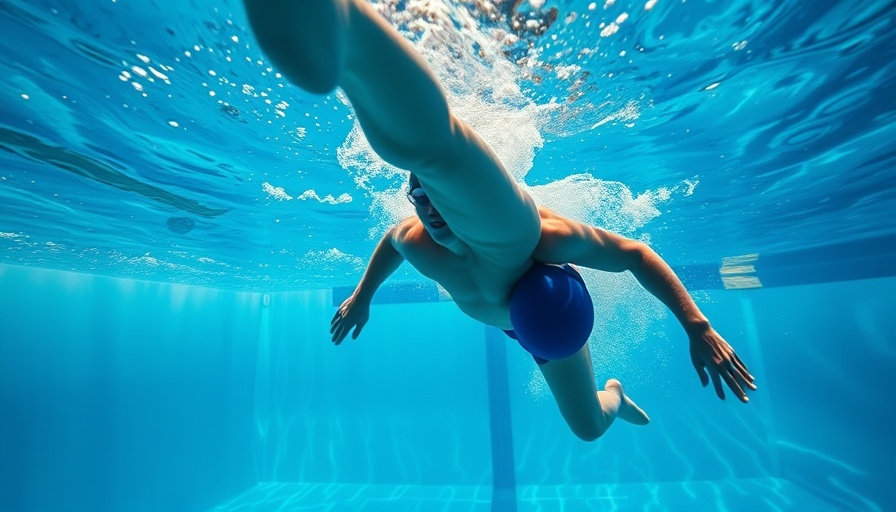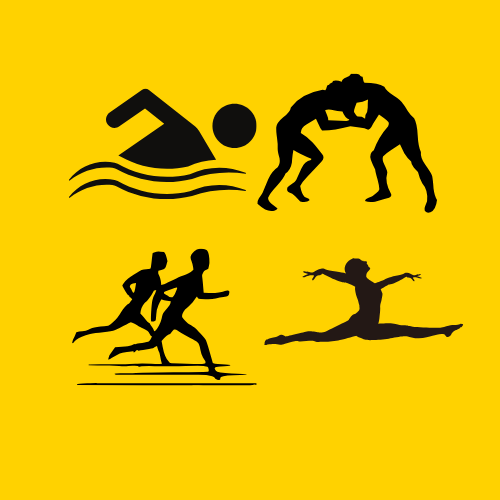
Unlocking the Power of the Up Kick in Swimming
When it comes to swim technique, many athletes fixate on the down kick, often overlooking a crucial part of the stroke: the up kick. This phase of the kick, though less celebrated, can significantly enhance performance and efficiency in the water. But why exactly does the up kick matter? Let's dive into its importance and how it can elevate a swimmer's game.
Understanding the Dynamics of Kicking
The swimming kick comprises both the down and up phases, each serving unique purposes. The down kick propels the swimmer forward, yet without a strong up kick to counterbalance, swimmers can easily lose momentum. A well-executed up kick not only helps maintain the body's streamlined position but also creates an additional forward thrust when timed perfectly with arm strokes.
Research Findings: Kicking Efficiency
Studies suggest that an effective up kick can enhance a swimmer's speed by maintaining optimal body position and reducing drag. In fact, swimmers who incorporate synchronized kicks create a more efficient stroke, leading to faster times. Consider professional athletes who have mastered this technique, showcasing the benefits of focusing on the often-neglected up kick.
Comparative Analysis: Down Kick vs. Up Kick
While the down kick gets the spotlight, a comparative analysis reveals that swimmers who emphasize both kicks tend to perform better. The up kick engages different muscle groups, promoting more overall strength and endurance. Athletes should consider integrating focused drills that highlight the up kick during training sessions.
Practical Insights for Coaches and Athletes
For coaches, emphasizing the significance of the up kick can transform a swimmer's approach to their technique. Start with basic drills that encourage awareness of both kicks. Use training aids like fins or kickboards that allow athletes to feel the difference in propulsion between the down and up kicks. Encourage swimmers to focus on tempo, ensuring that their kicks complement their breathing and arm strokes.
Common Misconceptions About Kicking
One prevalent misconception is that only the down kick is essential for speed. This belief can hinder a swimmer's potential. Instead, fostering an understanding of how both phases work in harmony will lead to improved overall technique. Swimmers may be surprised to find that targeting the up kick in practice can yield faster race results.
Success Stories and Expert Testimonials
Many elite swimmers attribute their success to refining their kick. Olympic medalist Katie Ledecky has shared insights on how focusing on both the down and up kicks has given her an edge, enabling her to maintain speed over longer distances. Such testimonials highlight the critical nature of embracing both techniques in training.
Actionable Techniques to Improve Kicking
1. **Drills**: Incorporate specific kicking drills focusing on the up kick into regular training. Drills such as "vertical kicking"—where swimmers kick without using their arms—force attention to both phases. 2. **Video Analysis**: Use video sessions to provide feedback on kicking techniques, allowing swimmers to visualize and correct their movements. 3. **Strength Training**: Integrate dryland exercises that focus on leg strength, increasing the muscle power behind both kicks, ultimately benefitting performance in the water.
Recognizing the importance of the up kick can redefine how athletes approach their swimming. By integrating this phase into practice, swimmers not only improve their efficiency but also their competitiveness in the sport. Coaches and swimmers alike should start viewing the up kick as a key player in success, unveiling new potential in the pool.
 Add Row
Add Row  Add
Add 




Write A Comment